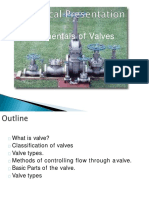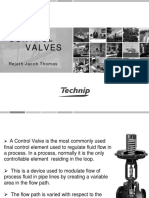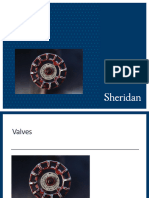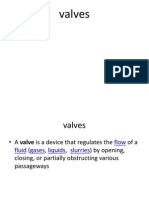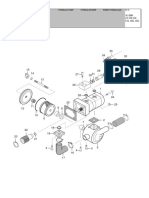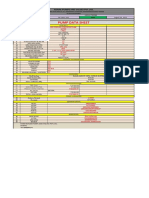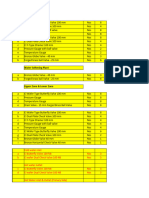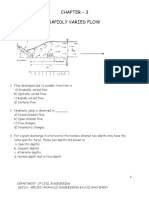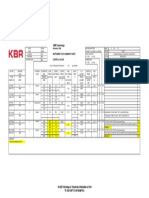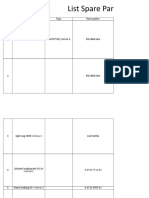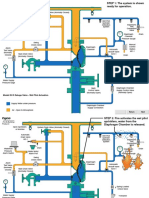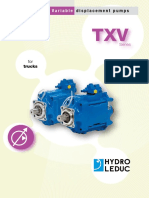0% found this document useful (0 votes)
54 views39 pagesSystem Control and Valve Sizing
The document provides an overview of valves, including their components, types, and applications in various industries. It discusses the importance of valve selection for economic and operational efficiency, as well as the different classifications based on motion, function, and end connections. Additionally, it highlights key considerations for valve selection and relevant safety codes.
Uploaded by
Al-Fatihhi MSJCopyright
© © All Rights Reserved
We take content rights seriously. If you suspect this is your content, claim it here.
Available Formats
Download as PDF, TXT or read online on Scribd
0% found this document useful (0 votes)
54 views39 pagesSystem Control and Valve Sizing
The document provides an overview of valves, including their components, types, and applications in various industries. It discusses the importance of valve selection for economic and operational efficiency, as well as the different classifications based on motion, function, and end connections. Additionally, it highlights key considerations for valve selection and relevant safety codes.
Uploaded by
Al-Fatihhi MSJCopyright
© © All Rights Reserved
We take content rights seriously. If you suspect this is your content, claim it here.
Available Formats
Download as PDF, TXT or read online on Scribd
/ 39



